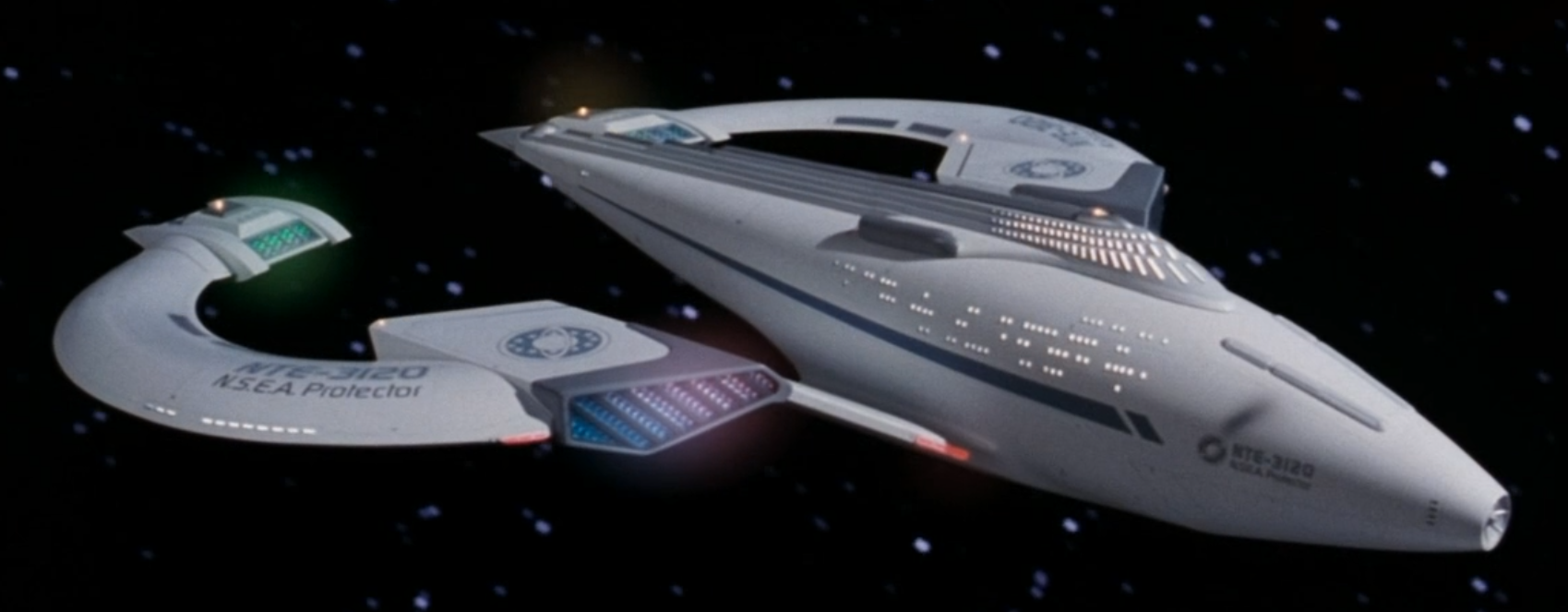Guy Fleegman
- 30 Posts
- 71 Comments

 52·2 years ago
52·2 years agoKen Kocienda, the engineer who led the team that created the original iPhone keyboard and predictive text system, wrote a book titled “Creative Selection: Inside Apple’s Design Process During the Golden Age of Steve Jobs.” So there’s at least one real engineer for you who speaks highly of Jobs.
They aren’t nameless. They write books and go on podcasts, their thoughts on Jobs are available to us. Plenty of them praise Jobs for driving them to do their best work.

 1·2 years ago
1·2 years agoRight, I said it’s “not bad,” hardly a ringing endorsement. It had some good ideas and concepts but it also has a lot of flaws, which is why it’s quite unfortunate that it’s the best Discovery ever managed.

 133·2 years ago
133·2 years agoIt’s not false advertising because it did everything it was advertised to do in the introductory demo when it went on sale six months later. Google is the one faking their demos.

 1·2 years ago
1·2 years agoRight? Put Lorca on the front of my list to round out all four seasons. The outsiders carry the cast.

 1·2 years ago
1·2 years agoMy problem with season 4 wasn’t that it was slow, but that it was uninspired and by-the-numbers. I had worked out that the DMA was a “stepping on an anthill” situation by… episode 4, maybe? 5 at the latest. So then I got to watch one of the oldest tropes in sci-fi unfold for 8 more episodes, played completely straight. Yawn.
I’d rather watch the B-plot from S01E06 of Babylon 5 to experience that particular story again. That way I’d be done in an hour.

 9·2 years ago
9·2 years agoYes, exactly. Season 1 knew what it wanted to be. When it was over, I remember thinking “alright, not bad, I’m excited to watch this show grow the beard.”
But it never did. In retrospect, Season 1 is the strongest season the show had to offer. Each subsequent season got a little worse as plots got more confusing, themes got more muddled, and no breakout characters emerged to carry the show through an abundance of narrative turmoil and worldbuilding strangeness. But above all else, seasons 3 and 4 are just boring. I don’t care about the crew or their mission. The most interesting characters are consistently the outsiders: Pike, Vance, Rillak. I’ll be watching season 5, but mostly out of a sense of obligation and morbid curiosity.
As much as I like SNW, it’s still not quite the show I’ve been waiting since 2005 for: seven curious officers on a ship called Enterprise set in the mid-25th century. I worry that SNW has robbed us of the opportunity to see the classic formula set in the immediate post-TNG era… even though that seems to be what season three of Picard was explicitly setting up.

 13·2 years ago
13·2 years agoWe all know the bubbles will still be green
It doesn’t. The episodes just get longer and more boring as the show progresses. The cancellation isn’t exactly a mystery.
That’s true, it could have been worse. She could have been as stupid as she is ugly.
True story, when I was 7 I got this game for Christmas, installed it on the spot and started playing, but this lady was so intimidating that I got spooked, quit, and didn’t touch it again for years

 6·2 years ago
6·2 years agoPicard uses android
He has unlimited data
I’ll see myself out

 226·2 years ago
226·2 years agoOf course Janeway made the right choice. Anyone who says otherwise is either trolling or sexist. No one would care if it was Picard splitting Guiker or Sisko splitting Quira.

 172·2 years ago
172·2 years agoPeople don’t hate the episode, they hate the “debate.”

 8·2 years ago
8·2 years agoPfft, Geordi is the least of Worf’s problems at that table. Data is literally a walking computer, Troi can read minds, and Riker is evidently the greatest poker player who ever lived.

 7·2 years ago
7·2 years agoSokath, his eyes uncovered

 63·2 years ago
63·2 years agoDown in this price range it’s all cheap plastic and lowest-bidder components. Doesn’t matter which brand you buy, it comes down to how well you take care of it and a bit of luck.
Actual well-built and well-designed machines are close to double your budget.

 5·2 years ago
5·2 years agoThis is so specific I have to wonder why you are even here asking for advice. NewEgg has exactly 5 in-stock laptops meeting these criteria.

 12·2 years ago
12·2 years agoThis line was foreshadowing Lorca’s origin. You see, mirror Musk was actually competent, making him the precise inverse of real Musk.
I don’t care that the timing is suspect and there’s another Musk reference in Discovery, I’ll die on this hill.


The game plan is the same as the game plan for the Mac, but they’re going to run it in a fraction of the time because they already have the playbook. Apple’s not in the business of “intentionally taking a loss,” Apple is in the business of slowly iterating products into platforms over strategic time spans. That’s exactly what they’ll do here.
The OLED displays are severely supply constrained; I doubt Apple can produce more than one or two million in 2024. With so few units available, there are more than enough dyed-in-the-wool Apple fans and die hard VR geeks with $4k to burn to guarantee that it will be sold out until 2025.
This first million will create an ecosystem for the platform in the form of third-party software and enthusiast communities. The successful launch will entice more suppliers to make the OLEDs, increasing availability and reducing cost. That paves the way for a sans-Pro Apple Vision for $2,500 sometime in 2025 or 2026. The cycle repeats: more users, bigger community, more evangelists, more word of mouth, more software, cheaper components, and then Apple ships Apple Vision Air in 2027 or 2028 for $1,500. Then in 2030, Apple Vision Air 2 comes out but the original is still for sale at $999.
Now we’re looking at Apple’s standard good/better/best product matrix that they use for the iPhone, iPad, Apple Watch, and Mac, and we’re also looking at a relatively Mac-like price range starting at a grand but with options running well above $5k.
The original Mac sold for $2,495 in 1984 which is about $7,000 adjusted for inflation. Apple’s kicking this new platform off for half the entry price. No one knew what the heck the Mac was supposed to be for in 1984 either, but the entire desktop computing paradigm was forged in its image. We’re now looking at a second Mac.